Growing Focus on Infection Control
The growing focus on infection control is a significant driver for the Healthcare Fabric Market. With the increasing awareness of healthcare-associated infections, there is a heightened demand for fabrics that possess antimicrobial properties. Hospitals and healthcare facilities are increasingly adopting textiles that can inhibit the growth of bacteria and viruses, thereby enhancing patient safety. According to industry reports, the market for antimicrobial textiles is expected to witness substantial growth, as healthcare providers prioritize infection prevention strategies. This trend is likely to stimulate innovation within the Healthcare Fabric Market, as manufacturers develop new materials and treatments to meet the stringent requirements of healthcare environments.
Sustainability Initiatives in Healthcare
Sustainability initiatives are becoming increasingly important within the Healthcare Fabric Market. As environmental concerns rise, healthcare organizations are seeking eco-friendly fabric options that minimize their carbon footprint. The demand for sustainable textiles, such as organic cotton and recycled polyester, is on the rise, as these materials align with the broader goals of reducing waste and promoting responsible sourcing. Furthermore, regulatory bodies are encouraging the adoption of sustainable practices in healthcare, which is likely to drive innovation in fabric production. This shift towards sustainability is expected to reshape the Healthcare Fabric Market, as manufacturers adapt to meet the evolving preferences of environmentally conscious consumers.
Rising Demand for Advanced Healthcare Solutions
The Healthcare Fabric Market is experiencing a notable surge in demand for advanced healthcare solutions. This trend is driven by the increasing prevalence of chronic diseases and the growing aging population, which necessitate innovative healthcare products. As healthcare providers seek to enhance patient outcomes, the integration of advanced fabrics into medical devices and wearables is becoming more prevalent. For instance, the market for smart textiles, which can monitor vital signs and deliver therapeutic interventions, is projected to grow significantly. This demand for advanced healthcare solutions is likely to propel the Healthcare Fabric Market forward, as manufacturers strive to meet the evolving needs of healthcare professionals and patients alike.
Increasing Investment in Healthcare Infrastructure
Increasing investment in healthcare infrastructure is a pivotal driver for the Healthcare Fabric Market. Governments and private entities are allocating substantial resources to enhance healthcare facilities, particularly in emerging markets. This investment is leading to the construction of new hospitals and clinics, which in turn drives the demand for high-quality healthcare fabrics. As healthcare providers seek to furnish their facilities with advanced medical textiles, the Healthcare Fabric Market is poised for growth. Additionally, the expansion of telemedicine and home healthcare services is likely to create new opportunities for innovative fabric applications, further propelling the market forward.
Technological Advancements in Textile Manufacturing
Technological advancements in textile manufacturing are playing a crucial role in shaping the Healthcare Fabric Market. Innovations such as 3D printing and nanotechnology are enabling the production of fabrics with enhanced properties, including antimicrobial and moisture-wicking capabilities. These advancements not only improve the functionality of healthcare fabrics but also contribute to cost-effectiveness in production. The introduction of automated manufacturing processes is expected to streamline operations, reduce lead times, and enhance product quality. As a result, the Healthcare Fabric Market is likely to benefit from these technological improvements, leading to a wider array of applications in medical textiles and healthcare products.


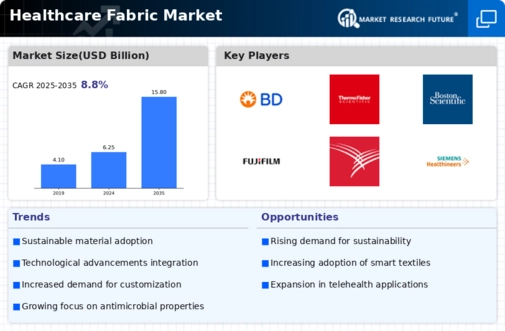
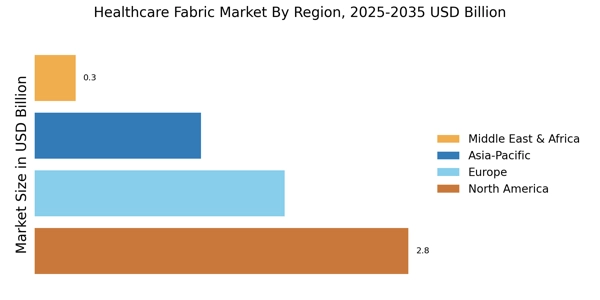

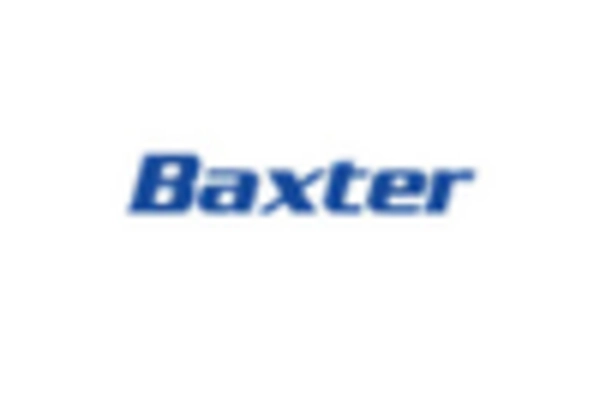
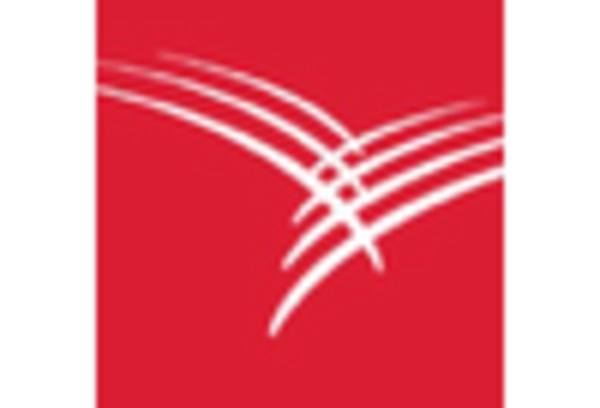


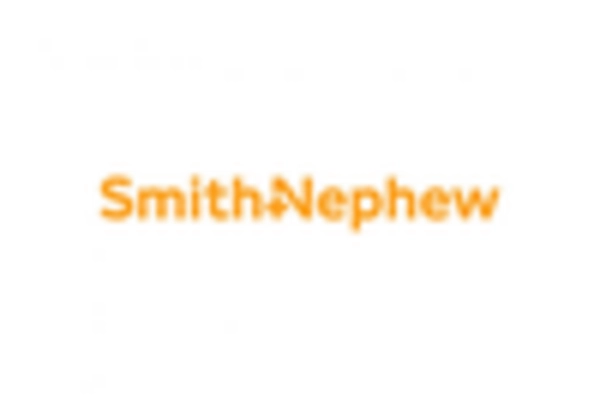








Leave a Comment